Home>Storage Ideas>Kitchen Storage>What Is The Lowest Maintenance Kitchen Floor? Experts Advise
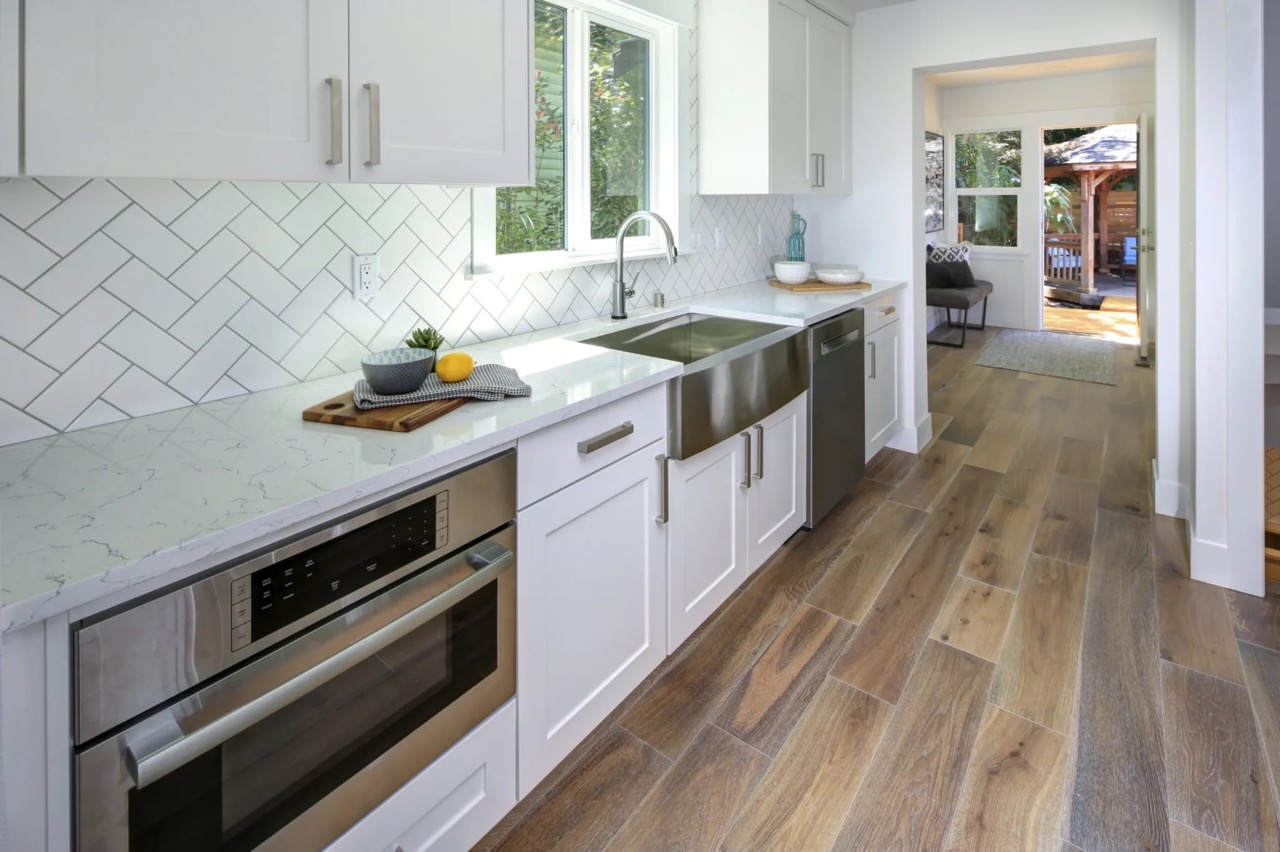

Kitchen Storage
What Is The Lowest Maintenance Kitchen Floor? Experts Advise
Modified: January 18, 2024
Looking for the lowest maintenance kitchen floor? Get expert advice on low-maintenance options and explore creative kitchen storage ideas.
(Many of the links in this article redirect to a specific reviewed product. Your purchase of these products through affiliate links helps to generate commission for Storables.com, at no extra cost. Learn more)
Introduction
When it comes to kitchen flooring, finding a low maintenance option is often a top priority. The kitchen is one of the busiest areas in the house, and having a floor that is easy to clean and resistant to stains and damage can greatly simplify your daily routine and keep your kitchen looking fresh and inviting. In this article, we will explore some of the best options for low maintenance kitchen floors as recommended by experts in the field.
Choosing the right flooring for your kitchen involves considering various factors such as durability, ease of cleaning, water resistance, and overall aesthetics. With advancements in technology and materials, there are now several choices that combine practicality with style. These options not only require minimal effort to maintain but also offer long-lasting performance in a high-traffic area like the kitchen.
Whether you have a modern, traditional, or eclectic kitchen design, there is a floor type that will suit your needs and preferences. So, let’s dive into the top low maintenance kitchen flooring options and discover the benefits and features of each.
Key Takeaways:
- Simplify your daily routine and keep your kitchen fresh with low maintenance flooring like porcelain tiles, vinyl, or laminate. Consider durability, water resistance, and style to find the perfect fit.
- Explore unique options like cork and concrete for low maintenance kitchen floors. Prioritize durability, ease of cleaning, and aesthetic appeal to enhance your kitchen’s functionality and style.
Factors to Consider for Low Maintenance Kitchen Floors
Before we explore specific flooring options, it’s important to understand the key factors to consider when looking for a low maintenance kitchen floor. These factors will help you make an informed decision and choose the right flooring material for your needs. Here are some important factors to keep in mind:
- Durability: Kitchen floors need to withstand heavy foot traffic, spills, and dropped utensils. Look for flooring materials that are known for their durability and ability to withstand everyday wear and tear.
- Ease of cleaning: Kitchen floors are prone to food spills, grease, and stains. Opt for flooring that is easy to clean and maintain, saving you time and effort.
- Water resistance: Kitchens are prone to moisture from spills, cooking, and cleaning. Choose flooring materials that are water-resistant or waterproof to prevent damage and mold growth.
- Scratch resistance: Avoid flooring materials that are easily scratched or damaged by sharp objects. Look for options that are known for their scratch-resistant properties.
- Stain resistance: Kitchen floors are exposed to a variety of stains, particularly in busy households. Select flooring that is resistant to stains and can be easily cleaned without leaving any marks.
- Style and aesthetics: While practicality is important, it’s also essential to choose a flooring option that complements your kitchen’s style and enhances its overall look.
By considering these factors, you can narrow down your choices and find the perfect low maintenance flooring option that meets your specific requirements and preferences. Now, let’s explore some of the top choices for low maintenance kitchen floors.
Porcelain Tiles
Porcelain tiles are an excellent choice for low maintenance kitchen floors. With their durability, versatility, and easy maintenance, they are a popular option among homeowners.
Porcelain tiles are made from a refined clay material that is fired at high temperatures, making them highly resistant to scratches, stains, and moisture. This makes them ideal for kitchens, where spills are common. Moreover, porcelain tiles have a dense composition that helps to prevent water penetration, making them suitable for areas prone to moisture.
Cleaning porcelain tiles is a breeze. Simply sweep or vacuum the floor regularly to remove dirt and debris. For deeper cleaning, mopping with warm water and a mild detergent will suffice. The non-porous surface of porcelain tiles prevents stains from setting in, making them easy to wipe clean.
Another advantage of porcelain tiles is their versatility in terms of design. They come in a wide range of colors, patterns, and textures, allowing you to achieve the desired look for your kitchen. Whether you prefer a sleek and modern aesthetic or a more traditional and rustic feel, porcelain tiles have options to suit every style.
However, it’s worth noting that porcelain tiles can be quite hard and cold underfoot. Consider using area rugs or installing underfloor heating systems to add warmth and comfort to your kitchen.
In summary, porcelain tiles are a durable, water-resistant, and easy-to-maintain option for low maintenance kitchen floors. With their wide range of design options, they can elevate the look of your kitchen while providing practicality and longevity.
Vinyl Flooring
Vinyl flooring is another popular choice for low maintenance kitchen floors. It is known for its durability, affordability, and easy installation.
Vinyl flooring comes in two main types: sheet vinyl and luxury vinyl planks (LVP). Sheet vinyl is a single, continuous sheet of flooring material, while LVP consists of individual planks that mimic the look of hardwood or tile.
One of the biggest advantages of vinyl flooring is its water resistance. It is highly resistant to water and moisture, making it an excellent choice for kitchens where spills and splashes are common. Vinyl flooring is also resistant to stains, scratches, and dents, making it a durable option for high-traffic areas.
Maintaining vinyl flooring is easy. Regular sweeping or vacuuming will remove dirt and debris, while periodic mopping with a mild detergent will keep the floor clean. Vinyl flooring is also resistant to most household cleaners, making it a versatile and easy-to-clean option for your kitchen.
In terms of aesthetics, vinyl flooring offers a wide range of designs, including realistic wood and tile looks. You can choose from various colors, patterns, and textures to match your kitchen’s style. Additionally, vinyl flooring has a soft and resilient feel underfoot, providing comfort during prolonged periods of standing and cooking.
It’s important to note that vinyl flooring can be susceptible to fading and discoloration if exposed to prolonged sunlight. Therefore, consider using window coverings or UV-resistant window films to protect your floors from excessive sunlight.
Overall, vinyl flooring is a cost-effective and low maintenance option for kitchen floors. Its water resistance, durability, and easy cleaning make it a practical choice for busy households. With its wide range of styles and designs, vinyl flooring can enhance the look of your kitchen without compromising on functionality.
Laminate Flooring
Laminate flooring is a popular choice for low maintenance kitchen floors due to its affordability, durability, and easy installation.
Laminate flooring is made up of multiple layers of synthetic materials that are fused together using heat and pressure. The top layer of laminate flooring is a protective wear layer, making it resistant to scratches, stains, and fading. This makes it a great option for kitchens that experience heavy foot traffic and potential spills.
Laminate flooring is also known for its easy maintenance. Simply sweeping or vacuuming regularly will remove dirt and debris. For deeper cleaning, mopping with a damp cloth or mop is sufficient. However, it’s important to avoid excessive moisture, as laminate flooring is not entirely waterproof. Wipe spills immediately to prevent water from seeping into the joints and causing damage.
One of the advantages of laminate flooring is its wide range of styles and designs. It can mimic the look of hardwood flooring, stone tiles, or even unique patterns, allowing you to achieve the desired aesthetic for your kitchen. Laminate flooring also comes in various colors and textures, providing versatility and customization options.
Installation of laminate flooring is relatively simple and can be done as a DIY project, saving you time and money. Most laminate flooring options feature a click-lock system, eliminating the need for adhesives. The planks can be easily joined together, ensuring a tight and secure fit.
While laminate flooring is durable, it is important to note that it is not as resistant to moisture as other options like porcelain or vinyl. Therefore, it is advisable to clean up spills promptly and avoid excessive moisture in the kitchen. Additionally, laminate flooring may not be as comfortable underfoot compared to materials like vinyl or cork. Using area rugs or kitchen mats can help add cushioning and reduce foot fatigue.
In summary, laminate flooring offers a budget-friendly and low maintenance option for kitchen floors. With its durability, ease of installation, and wide range of design options, laminate flooring can provide a stylish and practical solution for homeowners.
Consider choosing a vinyl or laminate flooring for your kitchen, as they are durable, easy to clean, and require minimal maintenance. These options are also water-resistant, making them ideal for the kitchen environment.
Concrete Floors
Concrete floors have gained popularity in recent years for their modern and industrial aesthetic, making them a trendy choice for low maintenance kitchen floors.
Concrete floors are highly durable and long-lasting, making them an excellent option for high-traffic areas like kitchens. They are resistant to scratches, stains, and moisture, making them easy to clean and maintain. Spills can be wiped up without worrying about damaging the flooring.
To keep concrete floors clean, regular sweeping or vacuuming is usually sufficient to remove dirt and debris. For deeper cleaning, damp mopping with mild soap or a concrete-specific cleaner can be used. If properly sealed, concrete floors are resistant to most common household stains.
One of the advantages of concrete floors is their versatility in terms of design. They can be polished, stained, or textured to create a wide range of looks, from sleek and minimalistic to rustic and industrial. Colors can also be added to the concrete mixture itself or through the use of stains or dyes, allowing for customization to match your kitchen’s aesthetic.
It’s important to note that concrete floors can be hard underfoot. Adding area rugs or mats can provide some cushioning and reduce discomfort when standing for long periods. Additionally, concrete floors do not provide insulation, so they may feel cold in colder climates. Consider using radiant floor heating to add warmth and comfort.
While concrete floors are highly durable, they can be prone to cracking if not properly installed or maintained. It is crucial to ensure that the concrete is properly sealed and maintained to prevent damage. Regular inspections and resealing when necessary can help prolong the life of your concrete floors.
In summary, concrete floors offer a contemporary and low maintenance option for kitchen flooring. With their durability, easy cleaning, and design versatility, concrete floors can add a unique and modern touch to your kitchen while requiring minimal maintenance.
Engineered Hardwood Floors
Engineered hardwood floors provide the classic and timeless beauty of hardwood while being more resistant to moisture and changes in temperature, making them a low maintenance option for kitchen floors.
Engineered hardwood floors are made by bonding multiple layers of wood together, with a top layer of real hardwood veneer. This construction makes them more durable and less susceptible to warping and expansion, compared to traditional solid hardwood floors.
One of the advantages of engineered hardwood floors is their resistance to moisture. The multiple layers of wood and strong bonding prevent water from seeping through, making them suitable for kitchens where spills and humidity are common.
Cleaning and maintaining engineered hardwood floors is relatively easy. Regular sweeping or vacuuming will help remove dirt and debris. It is important to clean up spills immediately to prevent any potential damage. Using a hardwood floor cleaner or a slightly damp mop can safely remove dirt and grime.
Another benefit of engineered hardwood floors is their versatility in terms of design. They come in a wide range of wood species, finishes, and plank sizes to suit various kitchen styles and preferences. You can achieve the warm and inviting look of traditional hardwood floors without the high maintenance requirements.
Keep in mind that although engineered hardwood floors are more resistant to moisture than solid hardwood, they are not completely impervious to water. It is still important to wipe up spills promptly and to use area rugs or mats in areas where water can accumulate, such as near the sink or dishwasher.
Additionally, engineered hardwood floors can be refinished, but the number of times depends on the thickness of the top hardwood layer. If the floor undergoes significant wear and tear, refinishing can restore its appearance and extend its lifespan.
In summary, engineered hardwood floors offer the elegance and beauty of hardwood with increased durability and resistance to moisture. With proper care and maintenance, they can be a low maintenance option for kitchen floors, providing a timeless and sophisticated look to your space.
Cork Flooring
Cork flooring is a unique and eco-friendly option for low maintenance kitchen floors. Made from the bark of the cork oak tree, cork flooring offers several benefits that make it a popular choice for homeowners.
One of the key advantages of cork flooring is its durability and resistance to damage. The natural elasticity of cork makes it highly resilient to foot traffic, reducing the likelihood of dents and scratches. Cork flooring is also resistant to moisture, making it suitable for kitchens where spills can occur.
Maintaining cork flooring is simple and hassle-free. Regular sweeping or vacuuming will help remove dirt and debris. Light mopping with a damp cloth or a cork-specific cleaner is sufficient to keep the floor clean. It is important to avoid excessive moisture during cleaning to prevent damage to the cork surface.
Cork flooring also offers excellent thermal and acoustic insulation properties. It is a natural insulator, helping to keep your kitchen warm in colder months and reducing noise transmission between floors.
Another advantage of cork flooring is its comfort underfoot. The soft and cushioned surface of cork provides a comfortable walking experience, reducing fatigue during prolonged periods of standing and cooking in the kitchen.
In terms of aesthetics, cork flooring offers a unique and natural look. It comes in various shades and textures, ranging from light to dark, allowing you to choose a style that complements your kitchen decor.
It’s important to note that cork flooring may require periodic resealing to maintain its moisture resistance and durability. This can be done every few years depending on the level of traffic in your kitchen.
In summary, cork flooring is a sustainable and low maintenance option for kitchen floors. With its durability, resistance to moisture, thermal and acoustic insulation properties, and unique look, cork flooring provides a comfortable and environmentally-friendly choice for homeowners.
Linoleum Flooring
Linoleum flooring is a versatile and low maintenance option for kitchen floors that offers a range of benefits, making it a popular choice among homeowners.
Linoleum is made from natural materials such as linseed oil, cork powder, wood flour, and pigments. The combination of these components creates a durable and resilient flooring material that is resistant to scratches, stains, and fading.
One of the key advantages of linoleum flooring is its ease of maintenance. Regular sweeping or vacuuming will help remove dust and dirt. For deeper cleaning, a damp mop with a mild cleanser is typically all that is needed. Linoleum flooring is also resistant to most common household stains, making it easy to wipe up spills without leaving any lasting marks.
Linoleum flooring is highly durable and can withstand heavy foot traffic, making it ideal for kitchens. Its resilient nature helps to prevent damage from dropped objects, reducing the chances of dents and scratches.
Another benefit of linoleum flooring is its antimicrobial properties. Linoleum has natural antimicrobial qualities, which helps inhibit the growth of bacteria and other microorganisms. This makes it a hygienic choice for kitchens where cleanliness is a priority.
Linoleum flooring is available in a wide range of colors, patterns, and designs, allowing you to choose a style that complements your kitchen’s aesthetic. Whether you prefer a bold and vibrant look or a more subtle and classic design, there are options to suit every taste and style.
Additionally, linoleum flooring is an environmentally-friendly option. It is made from renewable materials and does not release harmful chemicals into the air, making it a sustainable choice for eco-conscious homeowners.
It’s worth noting that linoleum flooring may require occasional waxing or resealing to maintain its shine and protective layer. This can help prolong the life and appearance of the flooring.
In summary, linoleum flooring is a low maintenance and environmentally-friendly option for kitchen floors. With its durability, ease of cleaning, antimicrobial properties, and design versatility, linoleum flooring is a practical and stylish choice for any kitchen.
Conclusion
Choosing a low maintenance flooring option for your kitchen is essential to simplify your daily routine and keep your kitchen looking fresh and inviting. By considering factors such as durability, ease of cleaning, water resistance, and overall aesthetics, you can make an informed decision that suits your needs and preferences.
Porcelain tiles, with their durability and easy maintenance, offer a practical and versatile option for kitchen floors. Vinyl flooring, known for its water resistance and affordability, provides a wide range of design options suitable for various kitchen styles. Laminate flooring, with its scratch and stain resistance, offers a cost-effective and stylish solution. Concrete floors, with their modern aesthetic and durability, add an edgy touch to your kitchen. Engineered hardwood floors combine the beauty of hardwood with increased durability and resistance to moisture.
Cork flooring, with its eco-friendly nature and cushioned comfort, offers a unique and sustainable option for kitchen floors. Linoleum flooring, with its antimicrobial properties and ease of maintenance, is a versatile and environmentally-friendly choice for homeowners.
When it comes to low maintenance kitchen floors, there is no shortage of options to choose from. Each flooring type has its own advantages, so it’s important to consider your specific needs and preferences before making a decision. Whether you prioritize durability, ease of cleaning, water resistance, or aesthetic appeal, there is a flooring option that will meet your requirements.
By selecting a low maintenance flooring option, you can enjoy a clean and beautiful kitchen without spending excessive time and effort on maintenance. So, take the time to explore these options and find the perfect flooring material that will enhance your kitchen’s functionality and style for years to come.
Frequently Asked Questions about What Is The Lowest Maintenance Kitchen Floor? Experts Advise
Was this page helpful?
At Storables.com, we guarantee accurate and reliable information. Our content, validated by Expert Board Contributors, is crafted following stringent Editorial Policies. We're committed to providing you with well-researched, expert-backed insights for all your informational needs.
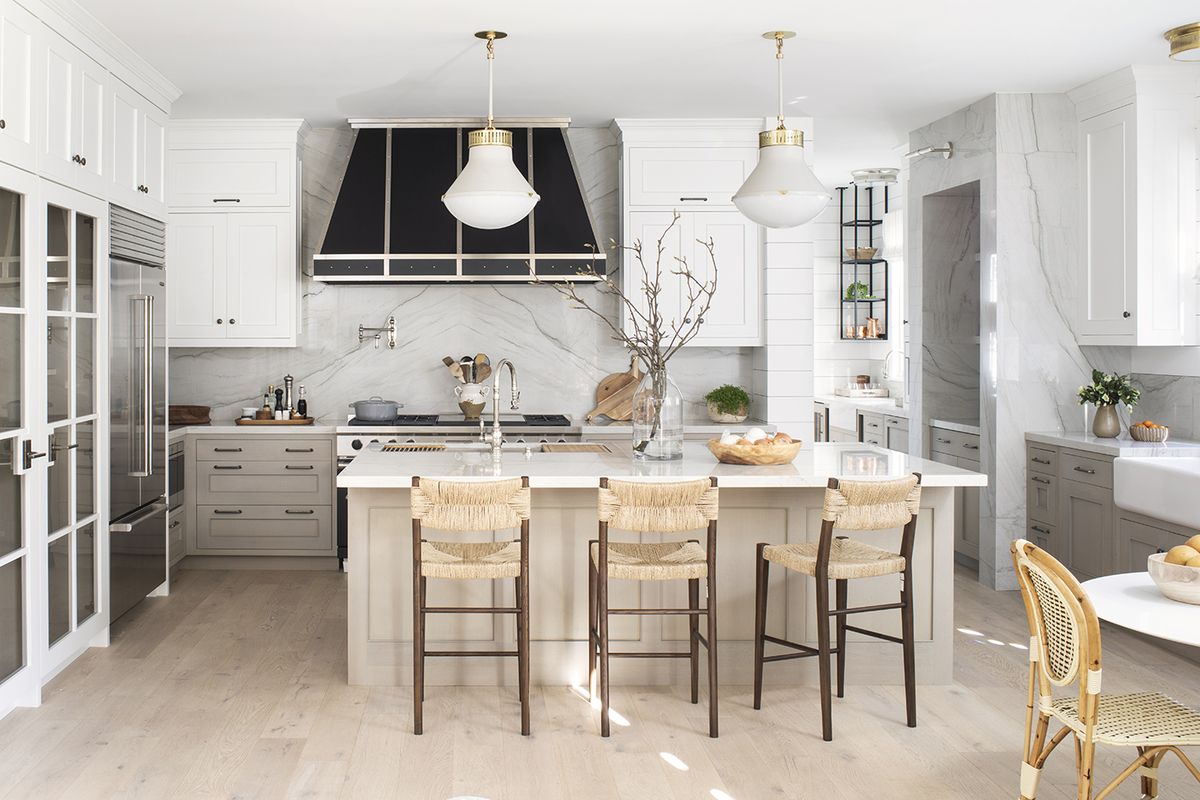

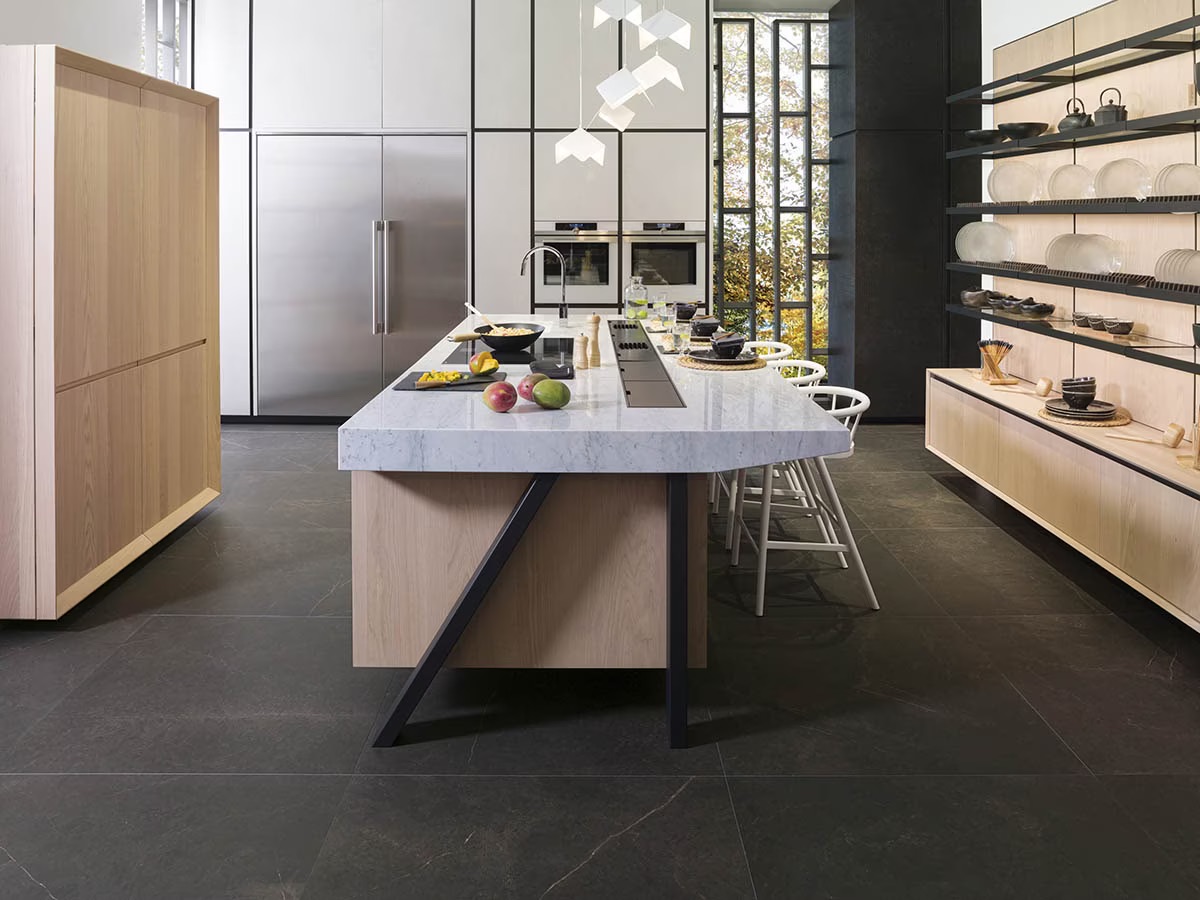
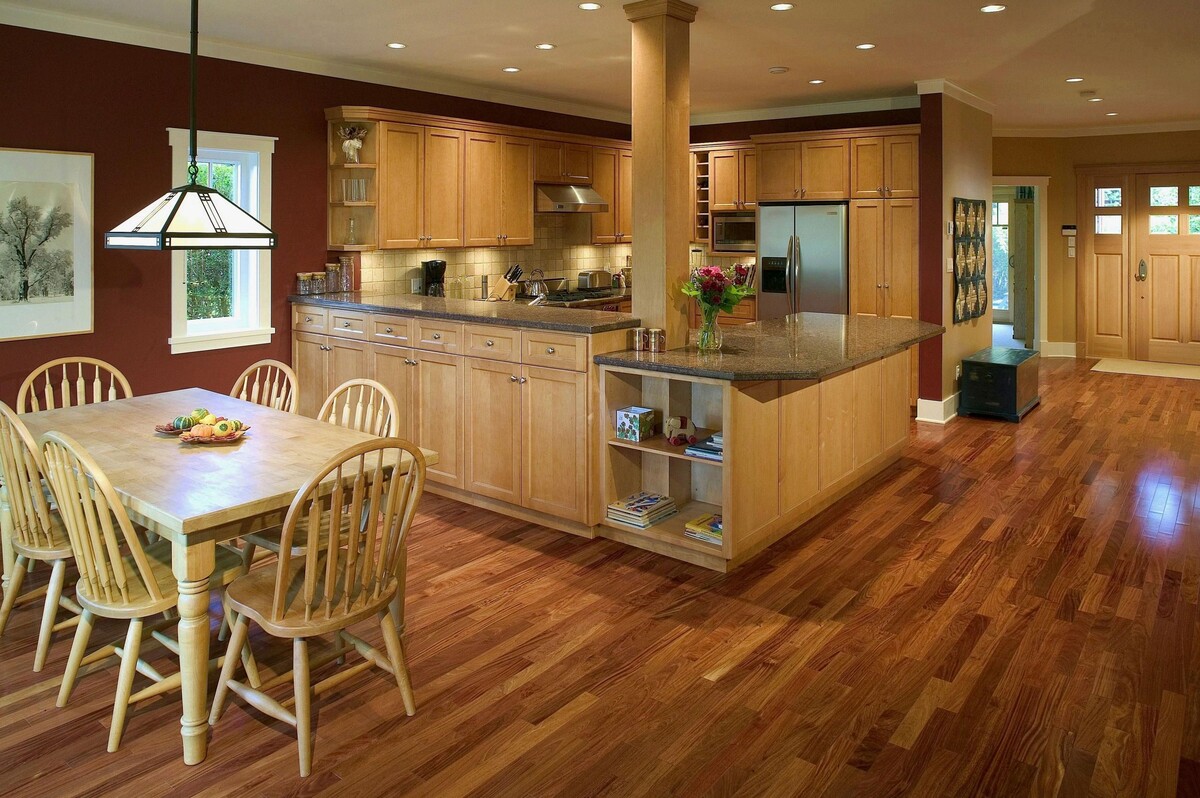
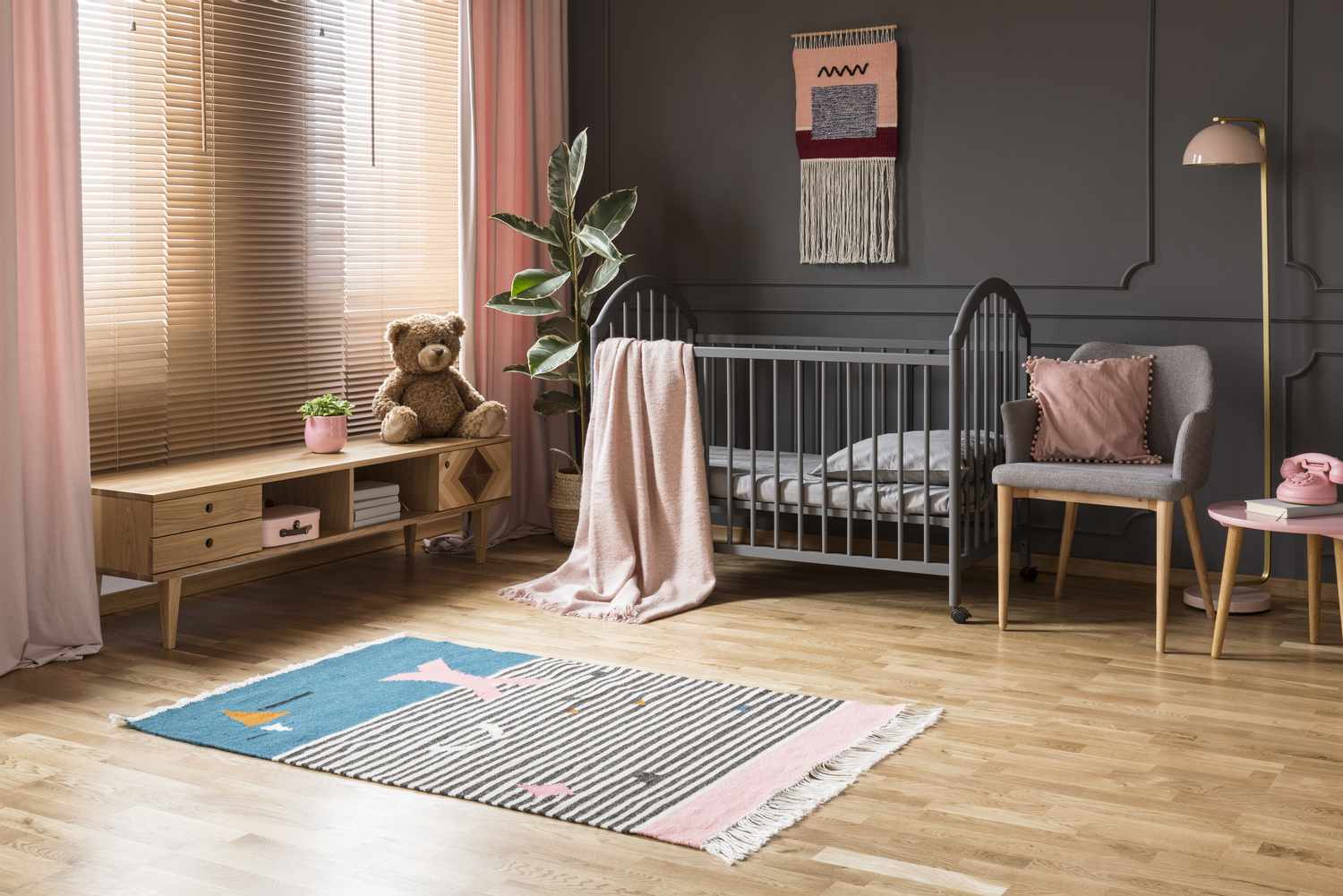
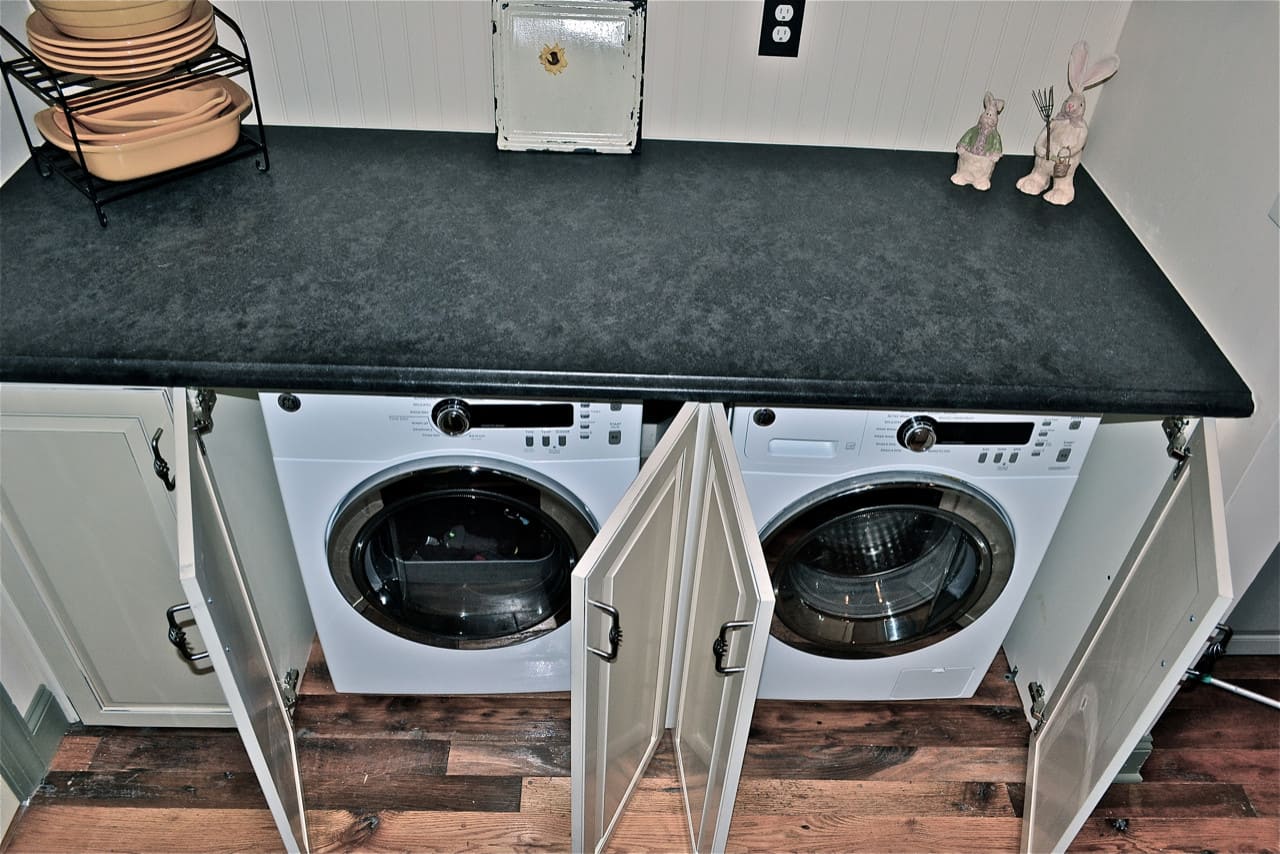

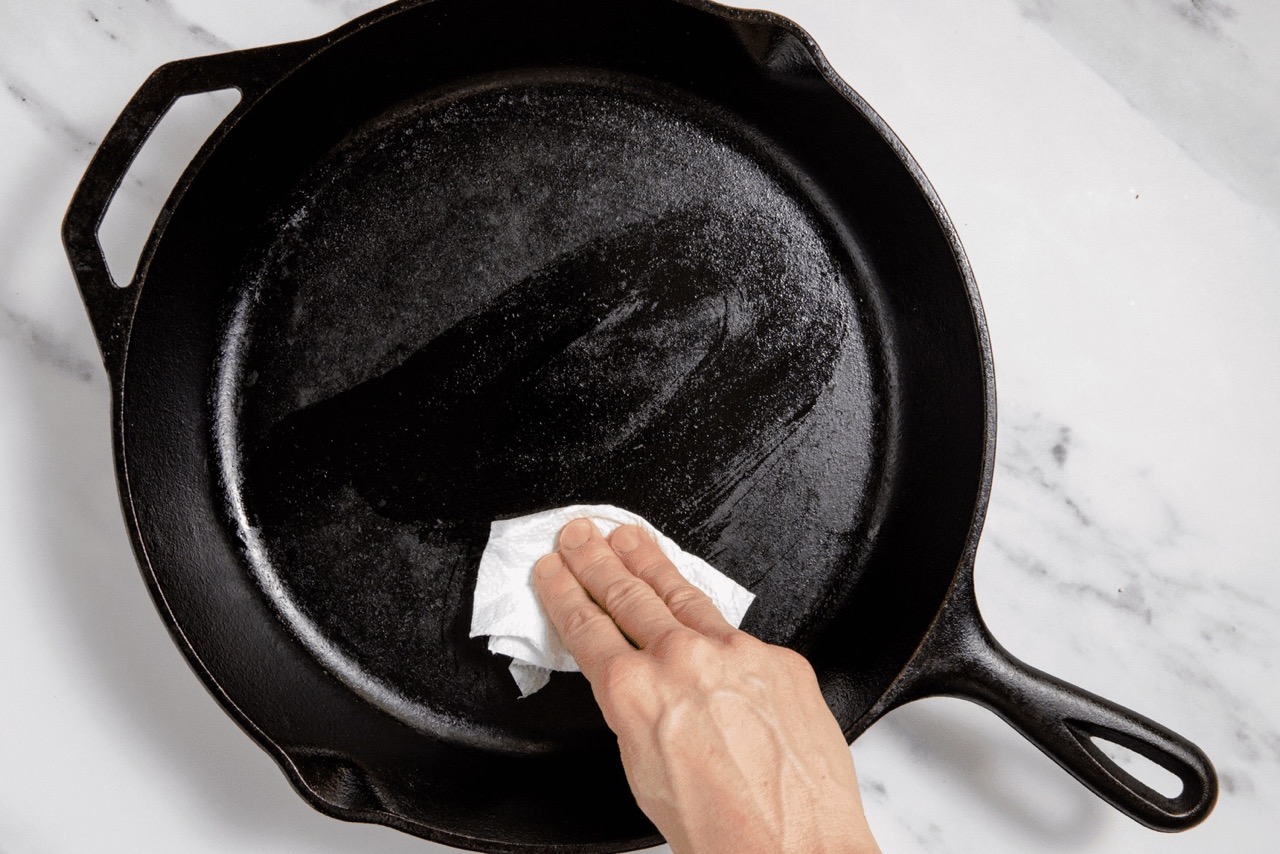




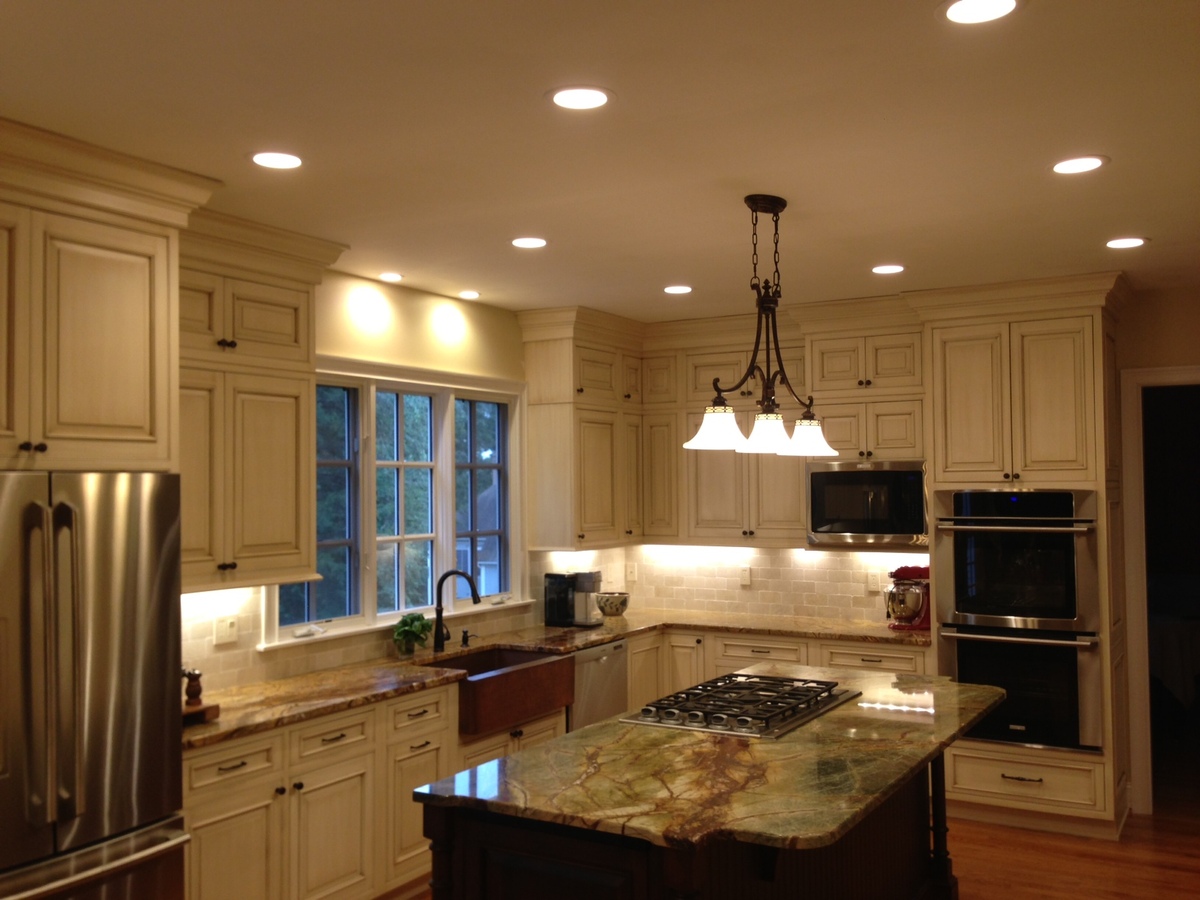

0 thoughts on “What Is The Lowest Maintenance Kitchen Floor? Experts Advise”